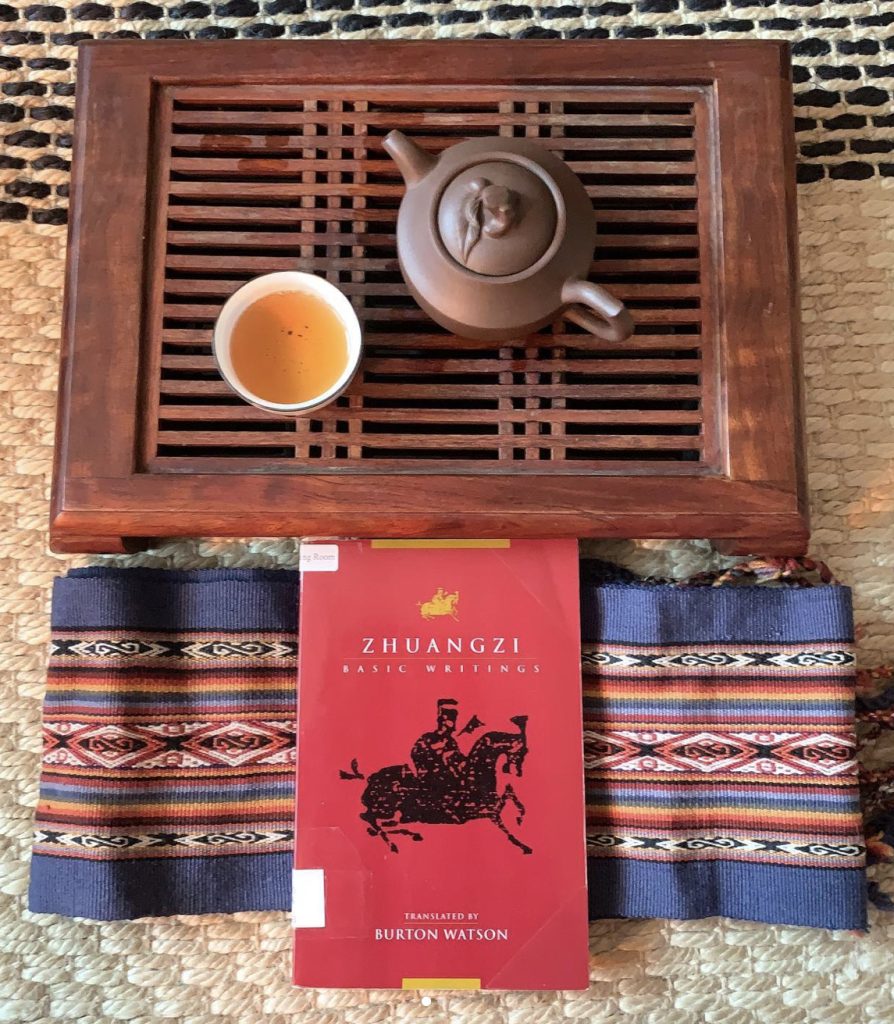Program Description
Bachelor of Arts in Liberal Arts
The University offers an integrated curriculum that weaves together ten distinct strands: Buddhist Classics, Western Classics, Indian Classics, Chinese Classics, Language, Mathematics, Natural Science, Rhetoric and Writing, Embodied Learning, and Capstone. The core curriculum consists of primary texts—Buddhist, Western, Indian, and Chinese Classics—studied and discussed in a pro-seminar setting, conducted in the spirit of shared interpretive inquiry. Through a close reading of primary classics, students are able to enter into the dynamic dialogues from which many of these texts emerged. They engage the material more intimately, as if sitting as participant-observers in discourses that stimulated critical inquiry and self-reflection then and reanimate it now.

The lively and trenchant quality of a classic text connects students not only to the “voice” and energy of the author, but often also invigorates them to reexamine their own capacities, goals, questions, and concerns. The direct encounter with an original source can often trigger a reexamination of assumptions and presuppositions—personal and cultural—about human nature and our place in the world. A focus on classical texts can thus provide a foundation for a lifelong pursuit of learning, ever-deepening inquiry, and self-reflection.
Language learning, especially in the source languages of primary texts, supports deeper appreciation for and closer interpretation of original meanings. Mathematics, a symbolic language for reading and describing the natural world, forms a necessary complement to a deeper understanding of Natural Science, both as a universal discipline of empirical inquiry and a particular way of knowing. Embodied Learning provides access to aesthetic and kinesthetic sensibilities, yet another way of knowing through which ideas, insights, purpose, and values are discovered and conveyed.
Regardless of the subject matter, all classes aim to encourage and guide students in their efforts to activate their inherent wisdom and capacity for direct and personal understanding. To this end, students and faculty interact closely as they mutually explore through dialogue and discourse. Discussion is intended to create a lively yet respectful atmosphere in which to clarify, present, exchange, and challenge ideas. Such thoughtful exchange is enhanced by training in the art of thinking, writing, and speaking effectively—the aim of the Rhetoric and Writing strand.